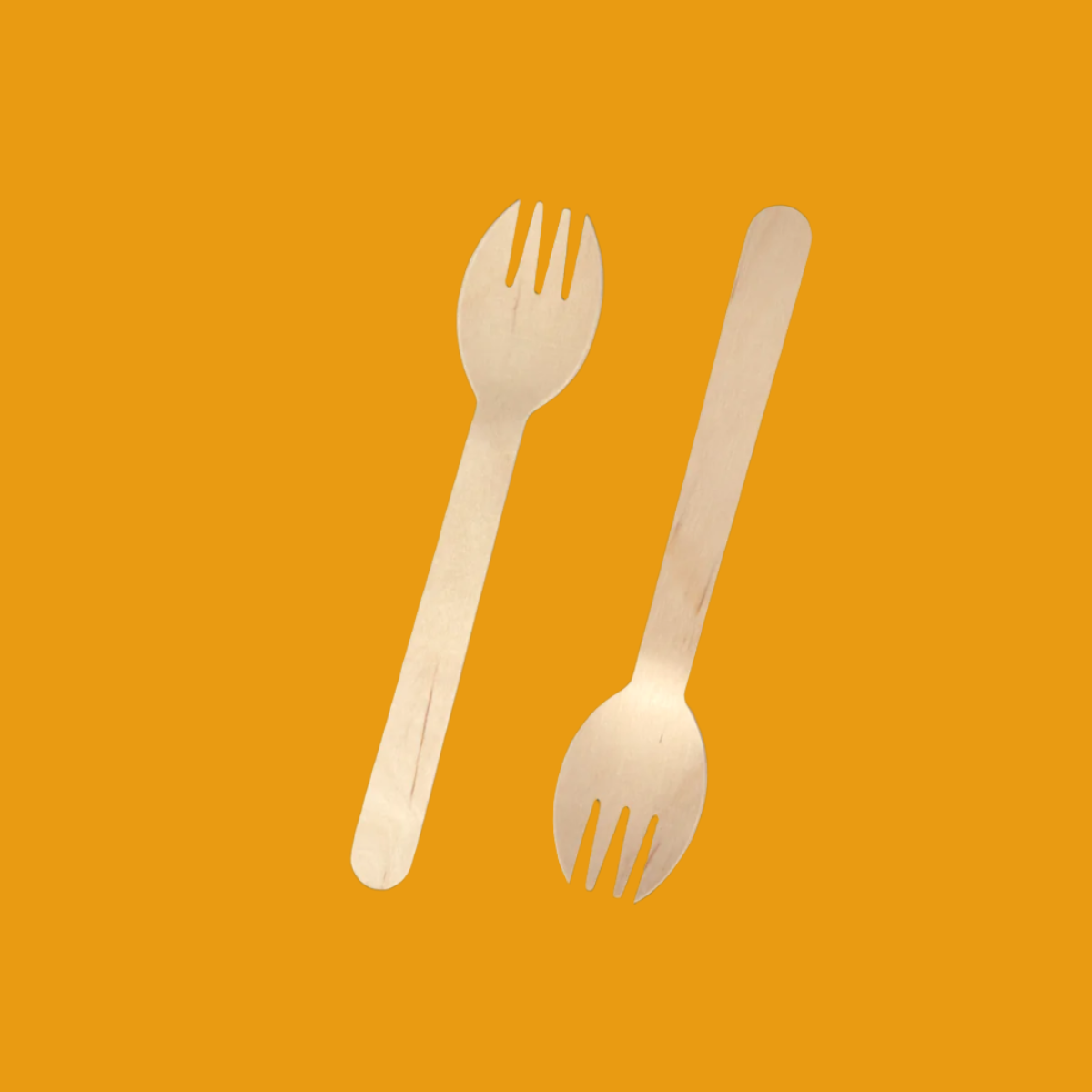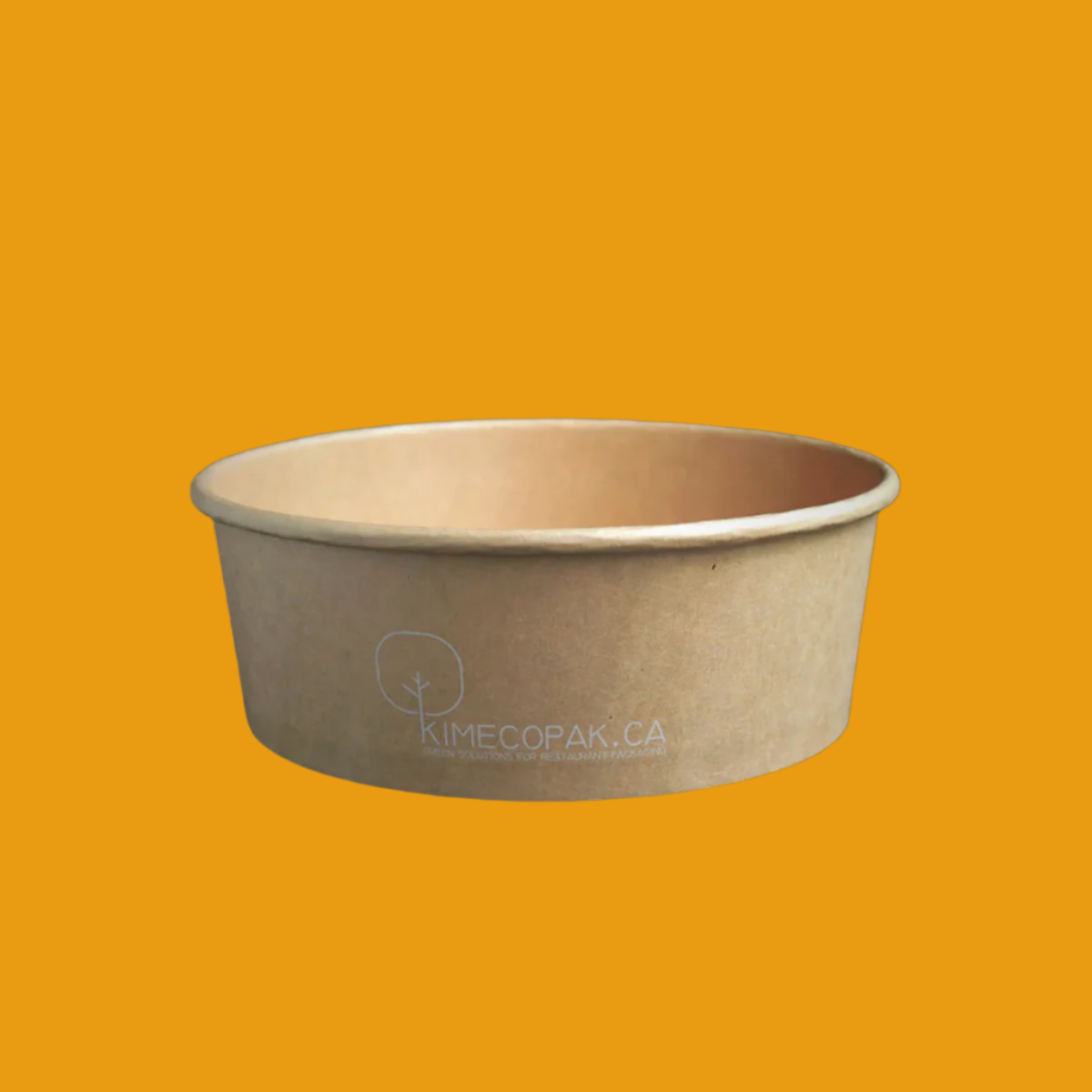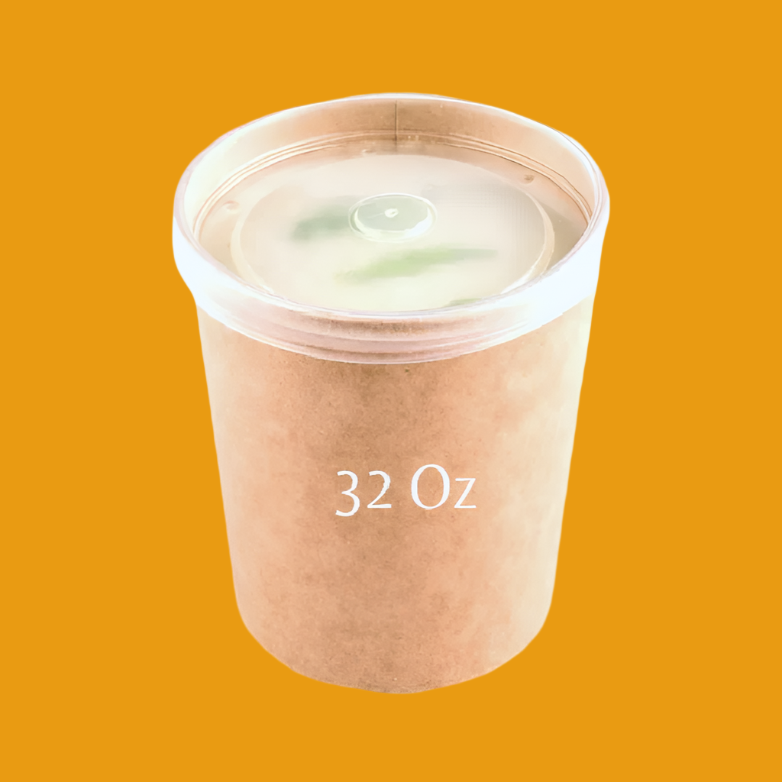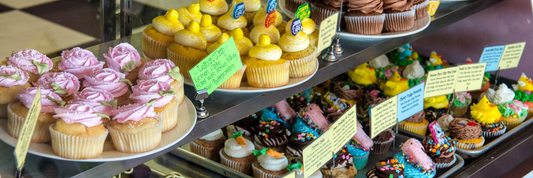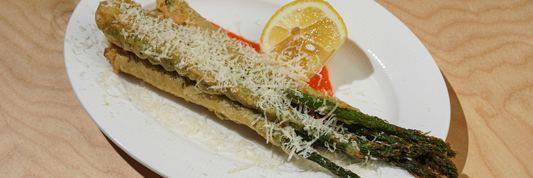How to Open a Wine Bar Successfully is your essential guide to transforming wine, culture and connection into a thriving business. As demand grows for curated, intimate spaces, this step-by-step roadmap will help you define your concept, create an inviting atmosphere, build a standout wine list and navigate legal requirements, blending passion with profit in every glass.
- How to Get a Liquor License: Step-by-Step Guide for 2025
- Wine Bar Design Ideas: How to Build a Stylish, Sustainable, and Profitable Wine Space
- What Is a Wine Bar? Business Models, Trends, and How to Start One
Why Opening a Wine Bar Is a Great Opportunity

The interest in wine culture continues to grow, making it a prime time to consider opening a wine bar. Consumers are increasingly seeking wine-focused experiences, creating an appealing market for bar owners. This interest is reflected in trends showing that more guests prefer locations that offer unique wine options paired with curated events.
Additionally, wine often presents higher profit margins than many other beverages. As a result, bar owners can benefit from enhanced revenue through strategic pricing and innovative offerings. A wine bar can serve as a distinct identity for a restaurant, luring in a premium clientele who appreciate a specialized experience.
Moreover, the concept of starting a wine bar directly aligns with the rising consumer demand for curated drink experiences. Each glass of wine can tell a story, drawing in customers eager to learn more and explore the world of wine.
Step 1: Define Your Concept and Bar Style

Popular Models
- Traditional Wine Bar: This model focuses primarily on serving wine in a cozy and inviting atmosphere, perfect for casual wine lovers as well as connoisseurs.
- Wine Bar with Light Dining: Merging wine with a selection of small dishes or snacks enhances the customer experience, encouraging guests to linger and explore wine pairings.
- Specialty Wine Bar: Catering to a specific wine type or regional theme allows you to attract a niche market, such as organic wines or selections from a particular country.
Choose a Style That Matches Your Vision
- Classic Style: Set the tone with wooden decor and warm lighting that creates a timeless and welcoming vibe.
- Modern Style: Utilize minimalist design with eco-friendly materials, appealing to environmentally conscious consumers who appreciate sleek aesthetics.
- Local Style: Infuse local culture into your design and menu, showcasing regional wines and art, helping visitors feel a connection to the community.
Step 2: Create a Wine Bar Business Plan That Sets You Up for Success

Key Components
- Executive Summary: This section outlines your mission, vision, and business goals. Be clear about what you want to achieve and the experience you wish to create.
- Market Analysis: Evaluate your target customers and analyze competitors in your vicinity. Understanding the market will inform your pricing and menu offerings.
- Marketing Strategy: Define your promotion channels and plan campaigns that highlight your unique offerings—consider social media, wine festivals, and local events as avenues to engage potential customers.
- Financial Plan: Develop a budget that includes startup costs, revenue forecasts, and profit expectations. Make sure to allocate funds adequately for staff training and inventory management.
Step 3: Choose the Right Location

- Central Areas: Target locations near residential neighborhoods, busy offices, or popular tourist spots that ensure a steady flow of potential customers.
- Appropriate Space: Ensure your bar has enough room for an inviting bar area, comfortable seating, and sufficient storage for your wine inventory.
- Growth Potential: Opt for a location with the potential for expansion or diversification, allowing you to cater to an evolving clientele and adapt to market demands.
Step 4: Design the Space and Customer Experience

Design Elements That Matter
- Smart Layout: Create a layout that allows for easy navigation through the space. Comfortable seating arrangements should encourage relaxation and social interaction.
- Lighting and Sound: Implement warm, cozy lighting paired with an inviting sound experience to set the right ambiance.
- Decor: Integrate natural materials and local art to enhance the aesthetic appeal of your wine bar, making it visually pleasing and unique.
Create an Exceptional Experience
- Wine Tastings: Hosting regular tasting events can attract wine enthusiasts and casual drinkers alike. Consider themed events that educate and inspire.
- Wine Guidance: Ensure your staff is knowledgeable and can help customers select wines that suit their tastes, enhancing the overall experience.
- Customer Service: Invest in a well-trained, friendly team that understands the significance of exceptional service in creating loyal customers.
Step 5: Build Your Wine List and Light Menu

Wine Selection
Creating the perfect wine list is essential for attracting customers and building a loyal clientele. Consider the following aspects when crafting your selection:
- Diverse Regions: Aim for a range of wines sourced from different regions around the globe. This diversity not only showcases the variety of wine available but also appeals to various palates. Include options from well-known regions like Bordeaux, Napa Valley, and Tuscany, as well as emerging wine countries such as South Africa and Chile.
- Quality Assurance: Working with reputable suppliers is crucial. Establish relationships with trusted distributors who can provide high-quality wines and can offer insights into new arrivals or trending varieties. This ensures that your selection remains fresh and appealing.
- Accessible Pricing: Your wine list should reflect the preferences and budgets of your target market. Include a mixture of premium wines and affordable options so that all customers can find something they enjoy without breaking the bank.
Complementary Menu
A light menu adds depth to your wine offerings and can enhance the overall customer experience. Consider these components:
- Light Bites: Offer simple, shareable items such as artisanal cheese platters, cured meats, and fresh bread. These pair excellently with wine and encourage diners to stay longer as they sample various combinations.
- Local Dishes: Infusing regional flavors into your menu can create a sense of place. Evaluate local specialties and craft small plates that highlight these dishes, which can encourage partnerships with local producers and enhance community engagement.
- Plant-Based Options: With the rise in plant-based diets, incorporate options that cater to diverse dietary needs. Offering dishes that are vegetarian or vegan will broaden your appeal and attract more customers.
Step 6: What Licenses Do You Need to Open a Bar?

Navigating the licensing landscape is crucial to legally operating a wine bar. Here’s a breakdown of what you’ll need:
- Business License: Start by registering your business with local authorities. This typically involves completing specific forms and paying a fee to establish your wine bar legally.
- Alcohol Permit: Depending on your location, you will likely need a specific permit allowing you to sell alcohol. This process can vary significantly from one area to another and may involve background checks, fees, and inspections.
- Food Safety Certification: Ensuring cleanliness and safety standards is essential, particularly if you’re serving food. Obtaining this certification can involve training staff on food handling practices and hygiene regulations.
- Local Considerations: Remember that licensing requirements can differ significantly depending on your city or state. Research local laws thoroughly to ensure that you meet all requirements.
Step 7: Hire and Train Your Staff

Your staff will represent your wine bar and significantly impact customer experiences. Here are some roles to focus on:
- Service Staff: Hire great communicators who are knowledgeable about wine. Training them on your specific offerings will provide customers with an engaging and informative experience.
- Bartenders: Skilled bartenders can become the face of your establishment. Seek out individuals who not only possess a creative flair for making drinks but also understand the intricacies of wine service.
- Ongoing Training: To keep your staff motivated and knowledgeable, establish a routine for training sessions. Regular updates on new wines, industry trends, and customer service techniques can keep morale high and enhance the overall quality of service.
Step 8: Marketing and Brand Building

Effective Marketing Channels
Reaching your customers involves thoughtful engagement through various marketing channels:
- Social Media: Utilize platforms like Facebook, Instagram, and TikTok to showcase your offerings, promote events, and engage with your community. Sharing high-quality images of wines and food can visually attract potential customers.
- Website: Your website should be a hub for information about your wine bar. Include your menu, reservation options, and contact information. An online presence boosts visibility and creates opportunities for customer engagement.
- Email Campaigns: Sending out newsletters can keep your regular customers informed about events, promotions, and new menu items. This direct line of communication fosters a sense of community.
Develop a Strong Brand
Establishing a memorable brand will help you differentiate your wine bar from others:
- Logo and Visual Identity: Your branding should be professional and visually appealing. Invest in a logo that reflects the essence of your wine bar and can be easily recognized.
- Brand Story: Share your vision and values openly. A compelling brand story can resonate with customers, creating a deeper connection that goes beyond just the transaction.
- Customer Reviews: Encourage customers to provide feedback and reviews. Positive testimonials can build credibility and attract new patrons, while constructive criticism provides an opportunity for improvement.
Step 9: Implement Sustainable Packaging Solutions

Adopting sustainable practices can enhance your brand image while contributing positively to the environment. Consider these steps:
- Use Recycled Materials: Select eco-friendly materials for takeout containers, cups, and straws. This not only appeals to environmentally-conscious consumers but can also set you apart from competitors.
- Waste Reduction: Implement strategies to limit the use of single-use plastics. Encourage customers to use reusable containers and offer incentives for those who bring their own.
- Partner with Eco-Friendly Suppliers: Choose vendors who prioritize sustainability in their production methods. Creating partnerships with these suppliers reflects your commitment to environmental responsibility.
Step 10: How Much Does It Cost to Open a Wine Bar?

Understanding the financial aspects can prevent unpleasant surprises. Here’s a breakdown:
- Startup Costs: Expenses will include rent, furniture, licensing, and equipment. Conduct thorough market research to estimate costs in your area, ensuring your budget aligns with local averages.
- Operating Costs: Ongoing expenses consist of inventory, utilities, and salaries. Developing a clear financial plan will help you stay on track.
- Hidden Expenses: Be aware of potential hidden costs, such as marketing, insurance, and legal fees. A comprehensive budget should account for these scenarios.
- Tips for Budget Control: Consider a phased opening approach, lease equipment instead of purchasing, and seek out cost-effective suppliers to manage expenses effectively.
Conclusion
Starting a wine bar is a rewarding venture that combines passion with business acumen. By carefully crafting your wine list and menu, understanding local regulations, hiring and training the right staff, and implementing effective marketing strategies, you can create a unique establishment that resonates with wine lovers.




